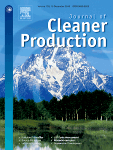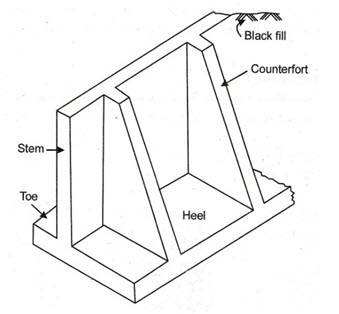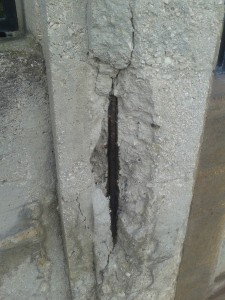
Abstract: Structural engineers focus on the reduction of carbon emissions in reinforced concrete structures, while other impacts affecting ecosystems and human health become secondary or are left behind. The featured life cycle assessment shows the impacts corresponding to each construction stage of an earth-retaining wall with buttresses. In this study the contribution ratio of each input flow is analyzed. Accordingly, concrete, landfill, machinery, formwork, steel, and transport are considered. Results show that despite the concrete almost always accounts for the largest contribution to each impact, the impact shares of steel present noticeable sensitivity to the steel-manufacturing route. The parameter of study is the recycling rate, usually 75% reached in Spain. Noticeable variation is found when the recycling content increases. The relationship between the impacts of each material with the amount of material used discloses research interest.
Keywords: Life cycle assessment, Functional unit, Steel recycling rate, Concrete ratio, Photochemical oxidation, Ozone depletion, Global warming.
Reference:
MOLINA-MORENO, F.; MARTÍ, J.V.; YEPES, V.; CIROTH, A. (2017). Environmental impact shares of a reinforced concrete earth-retaining wall with buttresses. The Ninth International Structural Engineering and Construction Conference, Resilient Structures and Sustainable Construction ISEC-9, Valencia, Spain July 24-July 29.




